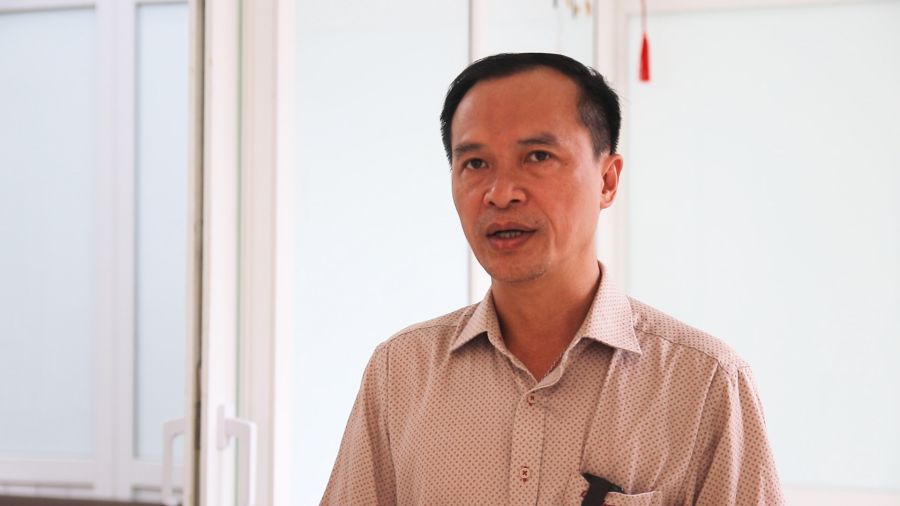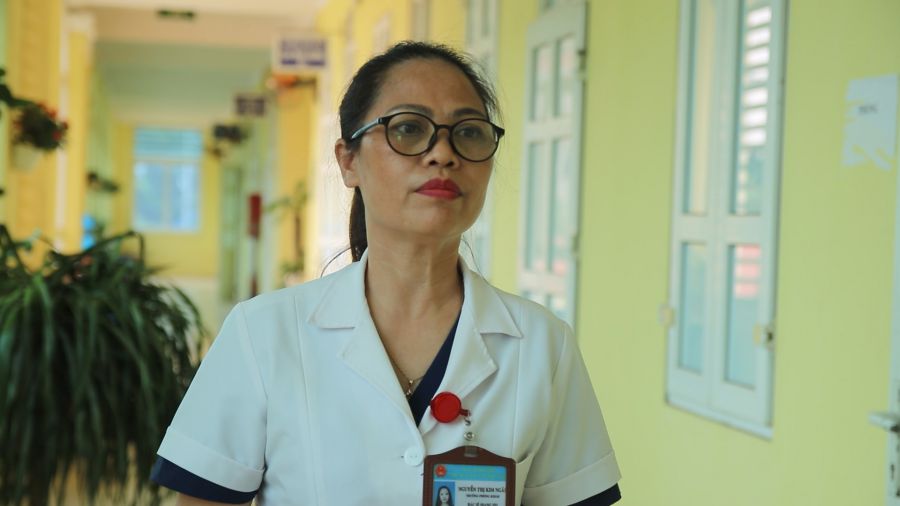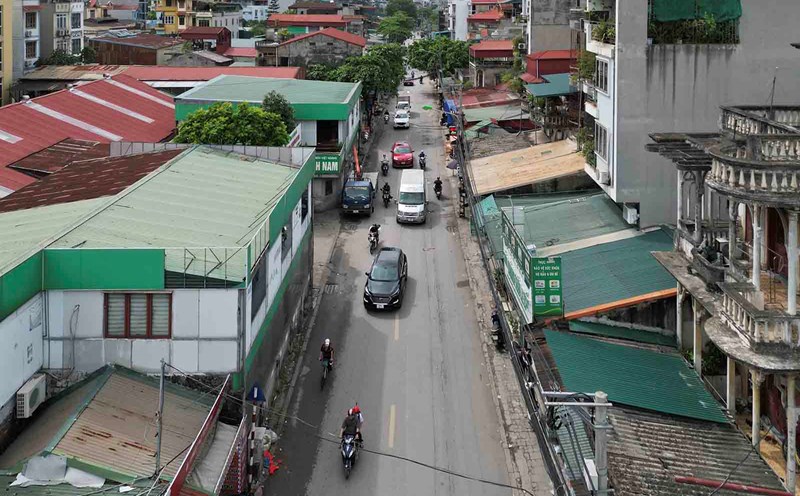After the merger of administrative units, the grassroots health system in Hanoi has been adjusted to suit the new organizational model, while ensuring a frontline role in epidemic prevention and primary health care for people.
Tuong Mai Ward Health Station (Hanoi) receives hundreds of people coming to see a chronic disease, have an ultrasound, get emergency medicine and receive treatment every day.
Mr. Dinh Quoc Khanh (Tuong Mai ward) said that the medical station is located right in a residential area, convenient for traveling, but the infrastructure is degraded, medical equipment, especially acupuncture tools are still limited. "Recently, I had a sore shoulder and numbness in both arms. According to health insurance, I am treated at the station. After a session of acupuncture, I felt completely relieved, but the problem was that there was only one acupuncture machine at the station, so patients had to wait a long time" - Mr. Khanh shared.

Not only lacking equipment, the management of medical records according to the digital roadmap also faces many difficulties. According to Master, Doctor Le Minh Tuan - Head of Tuong Mai Ward Health Station, the station has proactively advised the Party Committee and Ward People's Committee to deploy medical activities in each residential area, ensuring service to people when needed. However, the guidance on the functions and tasks of commune and ward health stations is currently only temporary, causing difficulties in assignment and management.
"We also encountered obstacles in implementing the roadmap for digitizing medical records. Some IT machinery and equipment are still lacking; the software system is in the process of updating to the new model, so the data is not yet synchronized. The health station also proactively handled the situation to ensure operations" - Dr. Tuan said.
In Trung Gia commune, the second largest area in Hanoi, the grassroots health sector must maintain 4 stations to serve medical examination and treatment, helping people not have to go far. Every day, the main health station receives nearly 200 patients.

Doctor Nguyen Thi Kim Ngan - Head of Trung Gia Commune Health Station - said that there is still a shortage of specialists here, causing people's health insurance benefits to not be fully guaranteed. "Currently, we lack doctors specializing in ENT, throat, eyes, and maxillofacial diseases. Previously, when there was a medical center, specialists were mobilized to support one session a week. Currently, there are no more enhancements, people are not allowed to perform endoscopic procedures or dental services, affecting insurance benefits" - Ms. Ngan said.
Trung Gia commune has only appointed one doctor as the station chief, without station deputies and department heads to operate and manage. "We have advised the Commune Party Committee and People's Committee to soon perfect the management apparatus and develop a plan to attract doctors to work at the grassroots health sector" - Ms. Ngan added.
Ms. Nguyen Thi Tra Lien - Head of the Department of Culture - Social Affairs of Trung Gia Commune People's Committee - commented: "In the first phase, when operating the 2-level local government model, there are still many shortcomings. Some directive documents are not timely and complete, causing difficulties in operation. Inter-line administrative procedures, especially the issuance of sick leave and referral papers, are not unified, so people have to travel many times. Currently, the station only has one stamp signed by the station chief, so it has not yet promptly met the requirements for handling administrative procedures".
To improve the quality of grassroots health care after the merger, localities need to soon improve management personnel, add specialists and invest in equipment and infrastructure, especially information technology systems to serve the digitization of health records. This not only helps reduce the load on the route but also ensures insurance benefits, improving the effectiveness of primary health care for people right at the facility.











